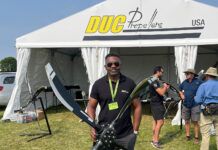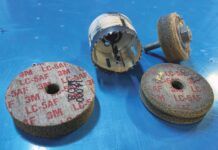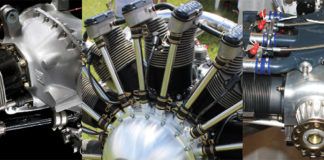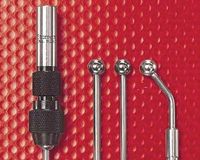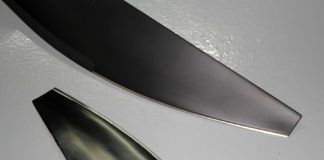If you have ever needed to change props or spinners on your completed homebuilt, you have probably sweated out the clearance between the rear of the spinner bulkhead and the front of the cowling. For most performance airplanes, you want to get the space between the two as small as you can without rubbing – or making cowl removal impossible. Too wide of a gap and you lose performance, too narrow, and you’ll be using bad words when your paint is scraped off. And the problem is that no two installations ever seem quite the same, unless you are trading exactly the same prop and spinner for a direct replacement.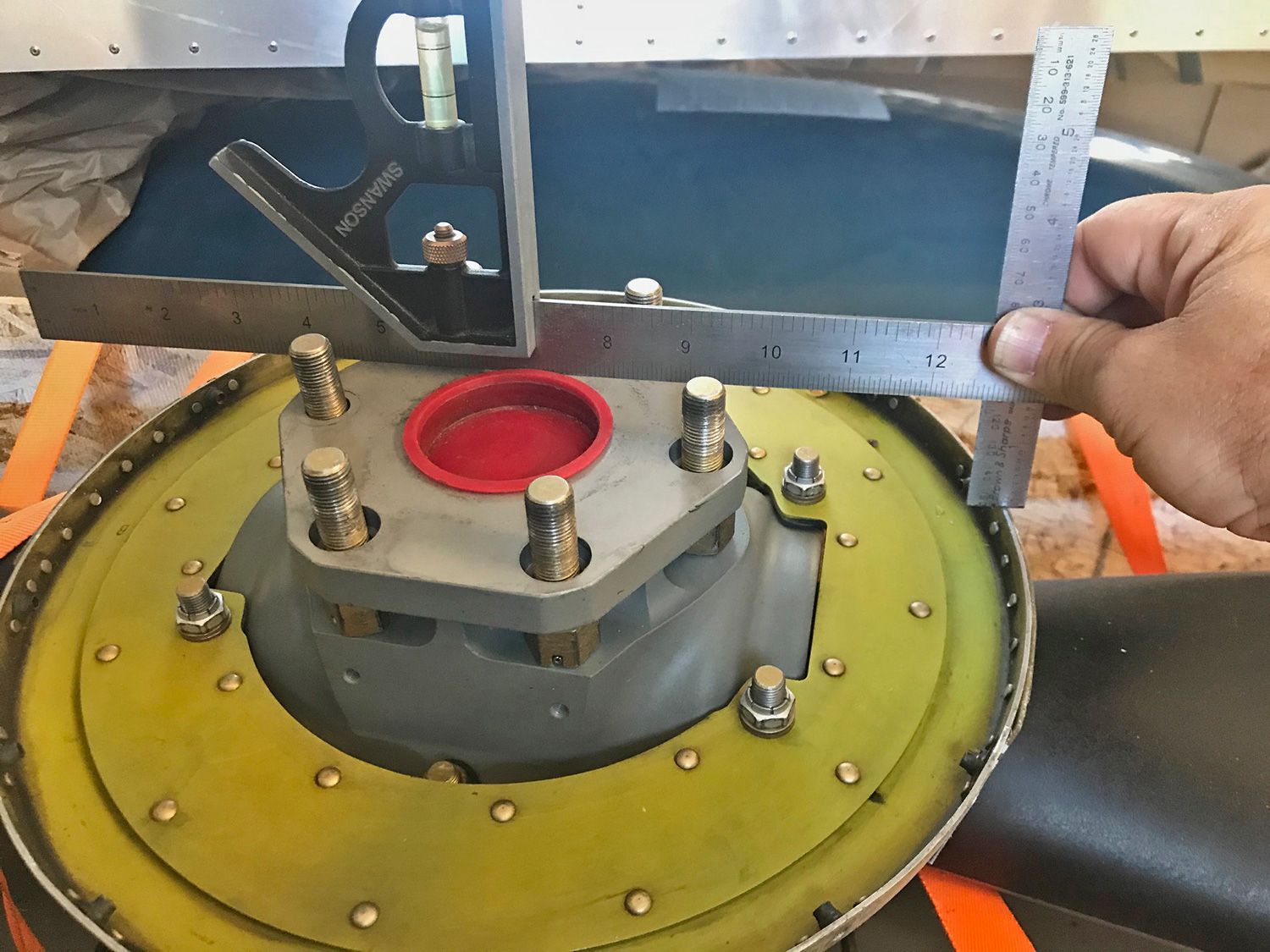
You can usually adjust the fore and aft distance of the spinner bulkhead using washers and spacers, but many mechanics and builders have scratched their heads on how to measure the clearance because it seems hard to predict until you have bolted the prop in place.
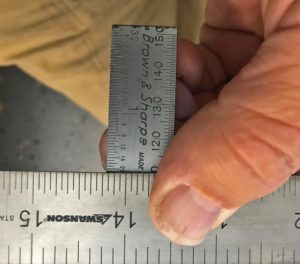 Fortunately, there is a very easy answer. You know that the distance between the front of the crankshaft flange is fixed relative to the front of the cowling. You also know that the front of the crankshaft flange has to mate perfectly with the back of the prop flange. So….with the prop off, if you measure the distance from the back of the prop flange to the back of your existing (properly fit) spinner, you can adjust a new spinner – or prop (or both) by measuring this distance before you disassemble the old one. Then use spacers to match the new one to the same number.
Fortunately, there is a very easy answer. You know that the distance between the front of the crankshaft flange is fixed relative to the front of the cowling. You also know that the front of the crankshaft flange has to mate perfectly with the back of the prop flange. So….with the prop off, if you measure the distance from the back of the prop flange to the back of your existing (properly fit) spinner, you can adjust a new spinner – or prop (or both) by measuring this distance before you disassemble the old one. Then use spacers to match the new one to the same number.
This is simply done with a straight edge laid across the prop flange and a short rule placed perpendicular to the straight edge and touching the back of the spinner bulkhead. Take a picture, or write the number down, and you know know what to shoot for with your replacement spacers. This will save you lots of time, and the prop and spinner will fit perfectly the first time you bolt it up.

